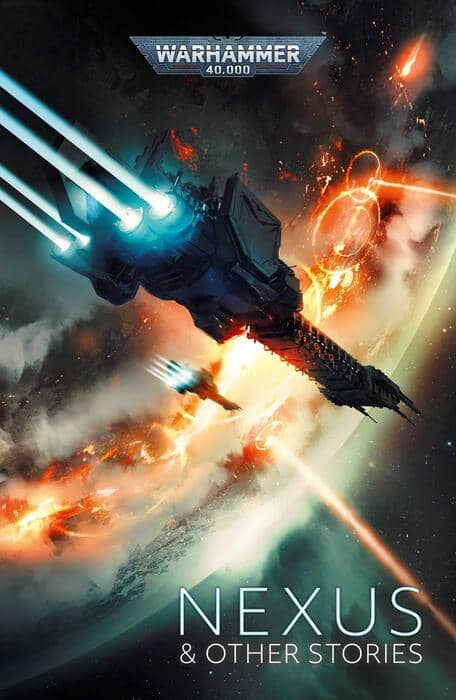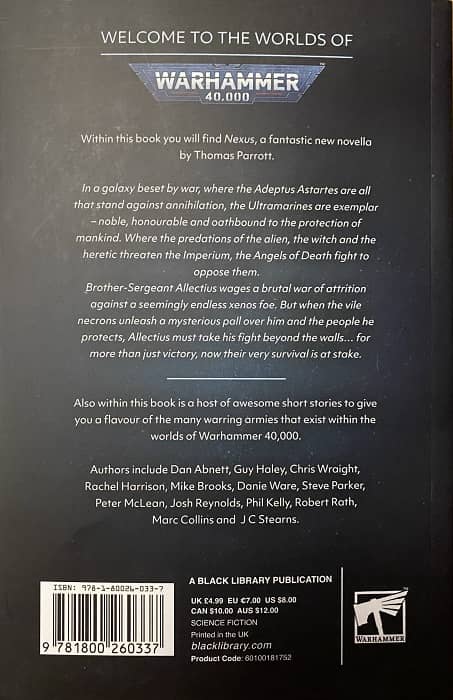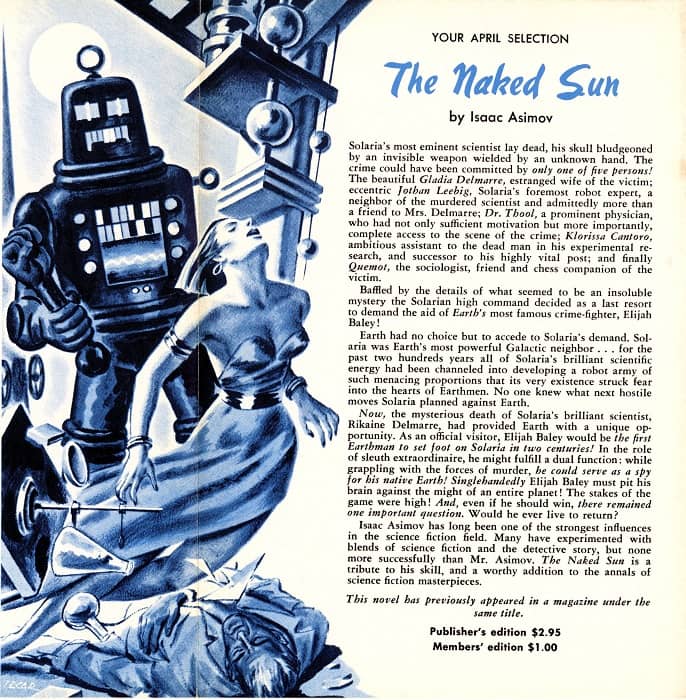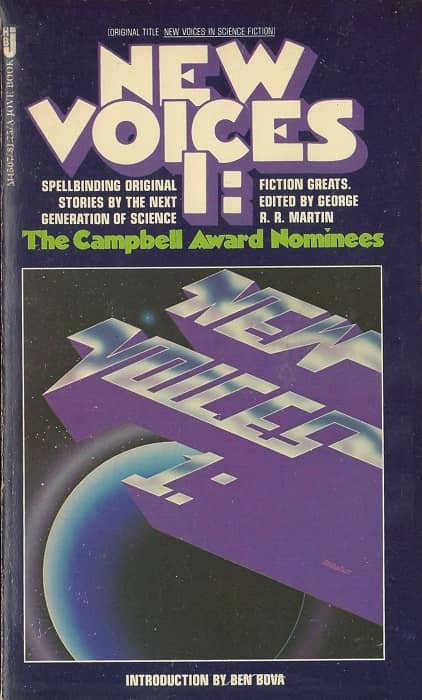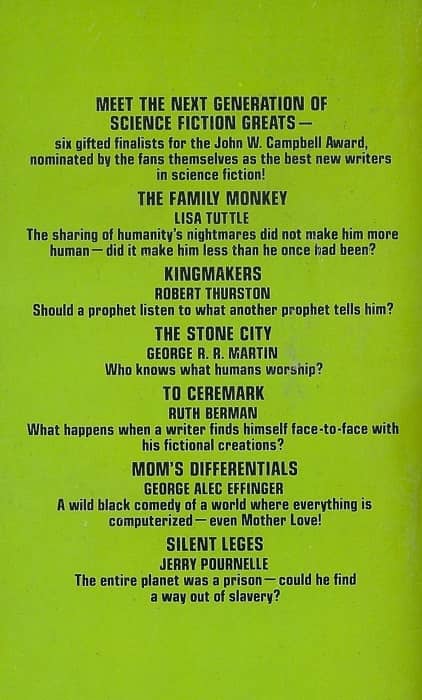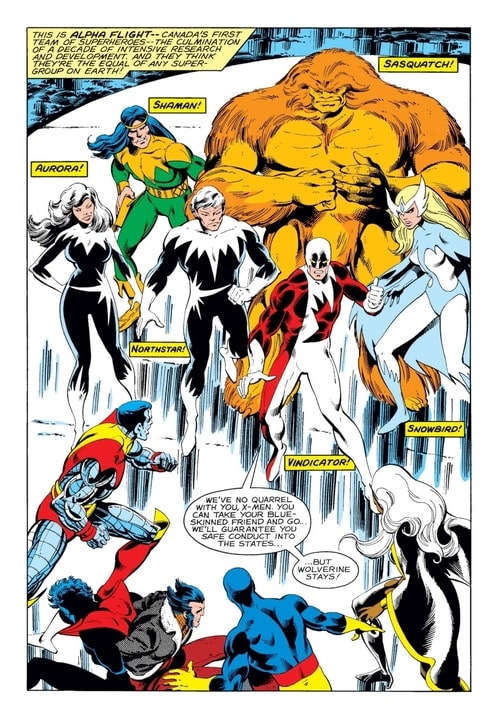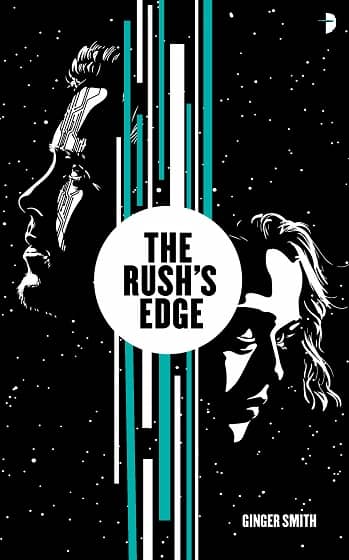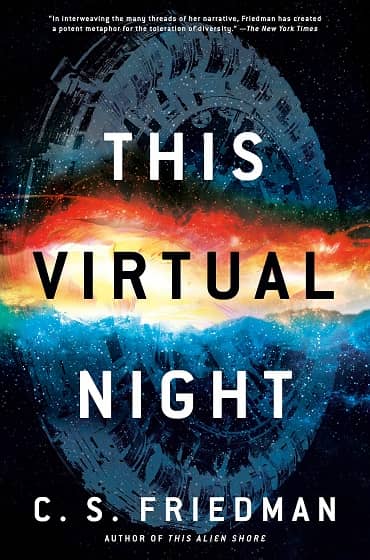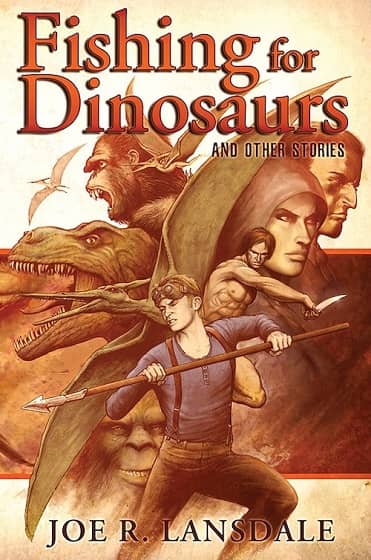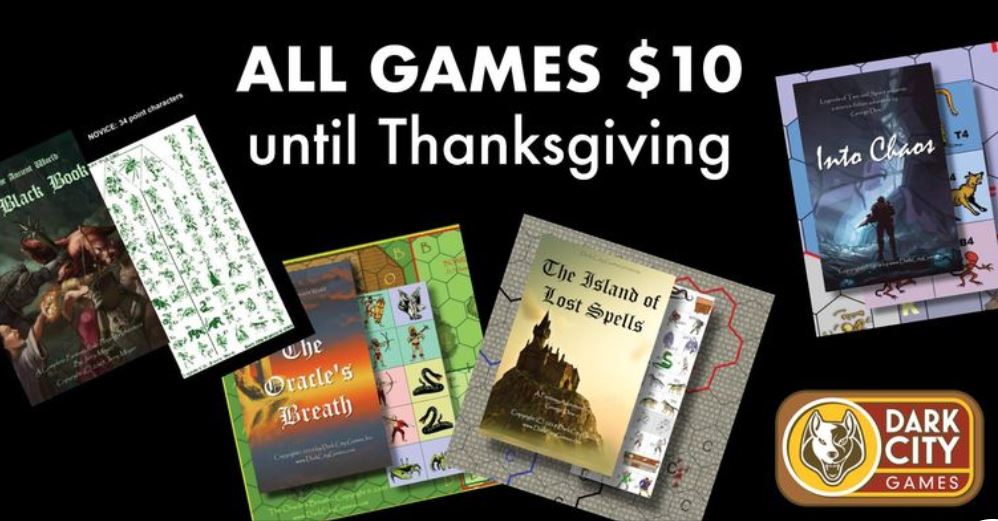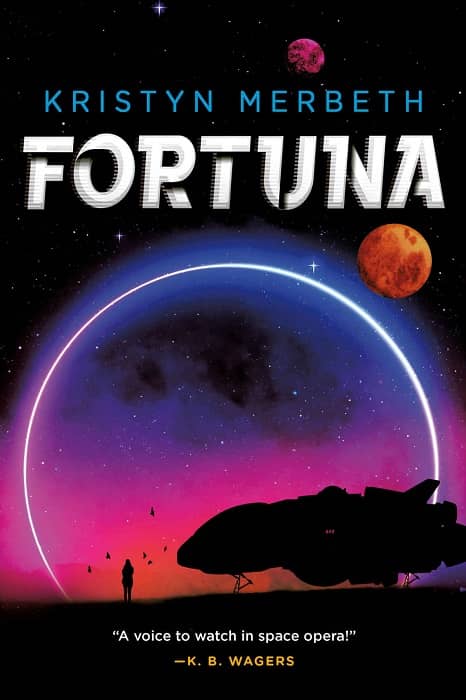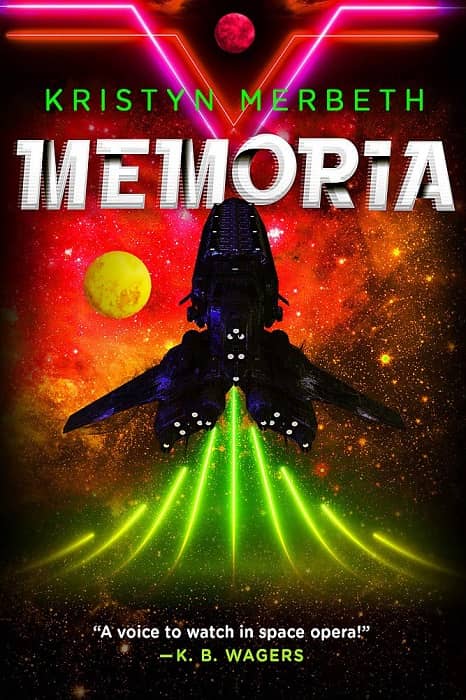Writing Advice: Get Spiteful

What a stunning walk this would be. Image by Tim Hill from Pixabay
Good afternoon, Readers!
I have a hot take:
Spite is as good a reason for creating as any.
Wait. Hear me out. Let me explain.
This past week, I was hit with two important rejections. They hit harder than rejections normally do. I’ve been at the writing game a long, long time. I’m used to rejections. Sure, I really wanted to succeed this time, but I always really want to succeed. Normally rejections just make me sad for a little bit. I drink a bit of whiskey – alright, a little bit more than a bit of whiskey – and I pick myself up and try again. This time… this time I went through the whole gamut of stages of grief. Except for denial. I’ve had too many rejections for denial to ever come up. It’s totally believable that it would happen.
Also, bargaining didn’t happen. What was I going to do? Whinge at them until their minds changed? Psht.

